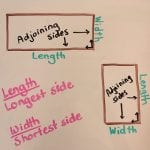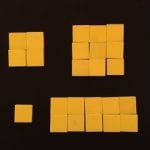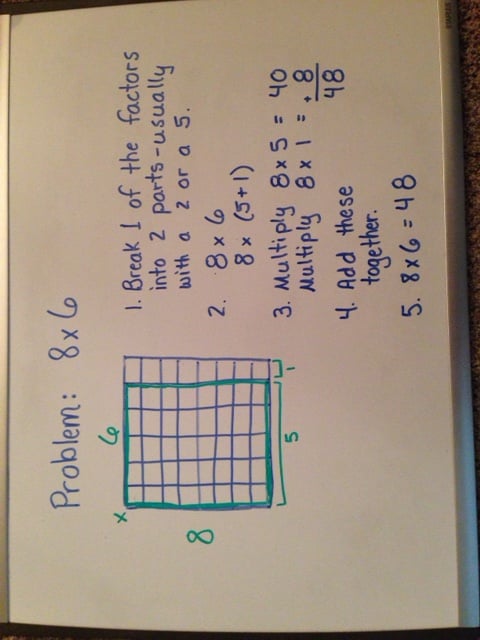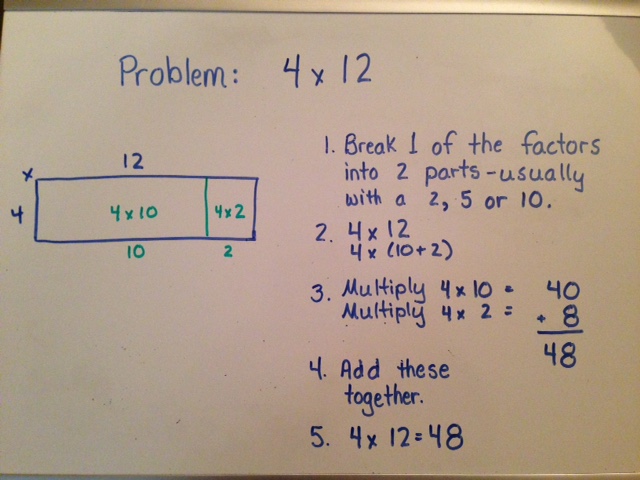by C. Elkins, OK Math and Reading Lady
This post features 3 more area and perimeter misconceptions students often have. I have included some strategies using concrete and pictorial models to reinforce the geometry and measurement standards. Refer to Geometry Part 7 for 2 other common misconceptions.
Also, check out some free resources at the end of this post!!
Misconception #3: A student only sees 2 given numbers on a picture of a rectangle and doesn’t know whether to add them or multiply them.
- Problem: The student doesn’t know the properties of a rectangle that apply to this situation — that opposite sides are equal in measurement.
- Problem: The student doesn’t see how counting squares can help calculate the area as well as the perimeter.
Ideas:
- Give the correct definition of a rectangle:
 A quadrilateral (4 sides) with 4 right angles and opposite sides are equal.
A quadrilateral (4 sides) with 4 right angles and opposite sides are equal. - Give the correct definition of a square: A quadrilateral (4 sides) with 4 right angles and all sides are equal. From this, students should note that squares are considered a special kind of rectangle. Yes, opposite sides are equal – but in this case all sides are equal.
- Using square tiles and graph paper (concrete experience), prove that opposite sides of a rectangle and square are equal.

- Move to the pictorial stage by making drawings of rectangles and squares. Give 2 dimensions (length and width) and have students tell the other 2 dimensions. Ask, “How do you know?” You want them to be able to repeat “Opposite sides of a rectangle are equal.” With this information, students can now figure the area as well as the perimeter.
- Move to the abstract stage by using story problems such as this: Mr. Smith is making a garden. It will be 12 feet in length and have a width of 8 feet. How much fence would he need to put around it? (perimeter) How much land will be used for the garden? (area).
- Measure rectangular objects in the classroom with some square units. Show how to use them to find the perimeter as well as the area using just 2 dimensions. Ask, “Do I need to fill it all the way in to determine the answer?” At the beginning – YES (so students can visualize the point you are trying to make). Later, they will learn WHY they only need to know 2 of the dimensions to figure the area or perimeter.



